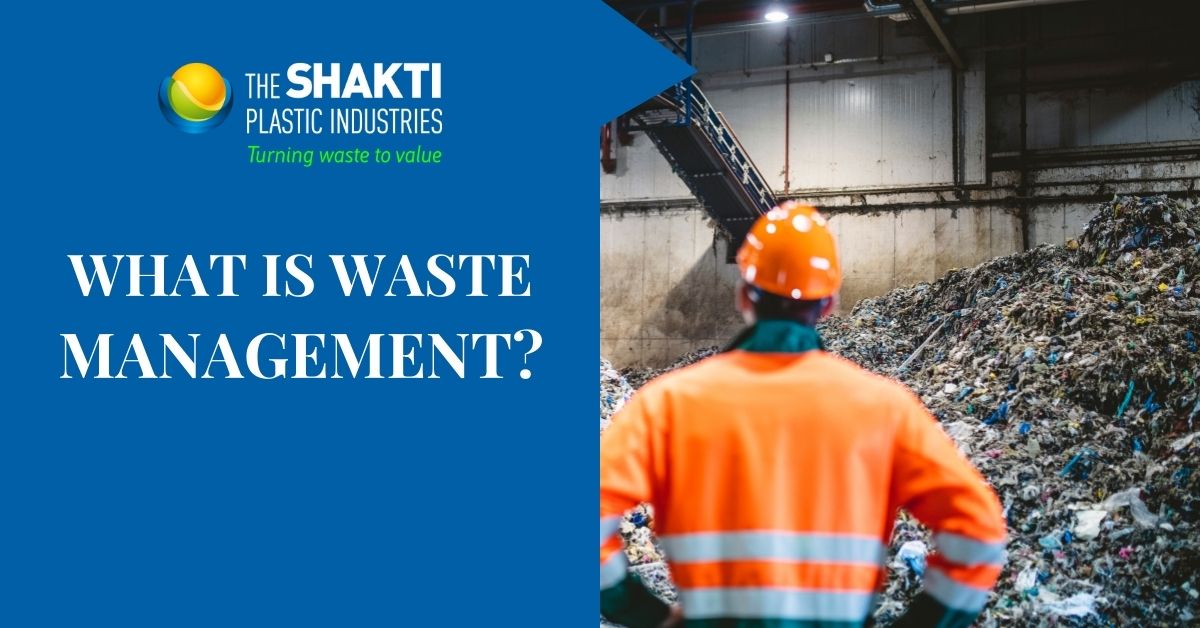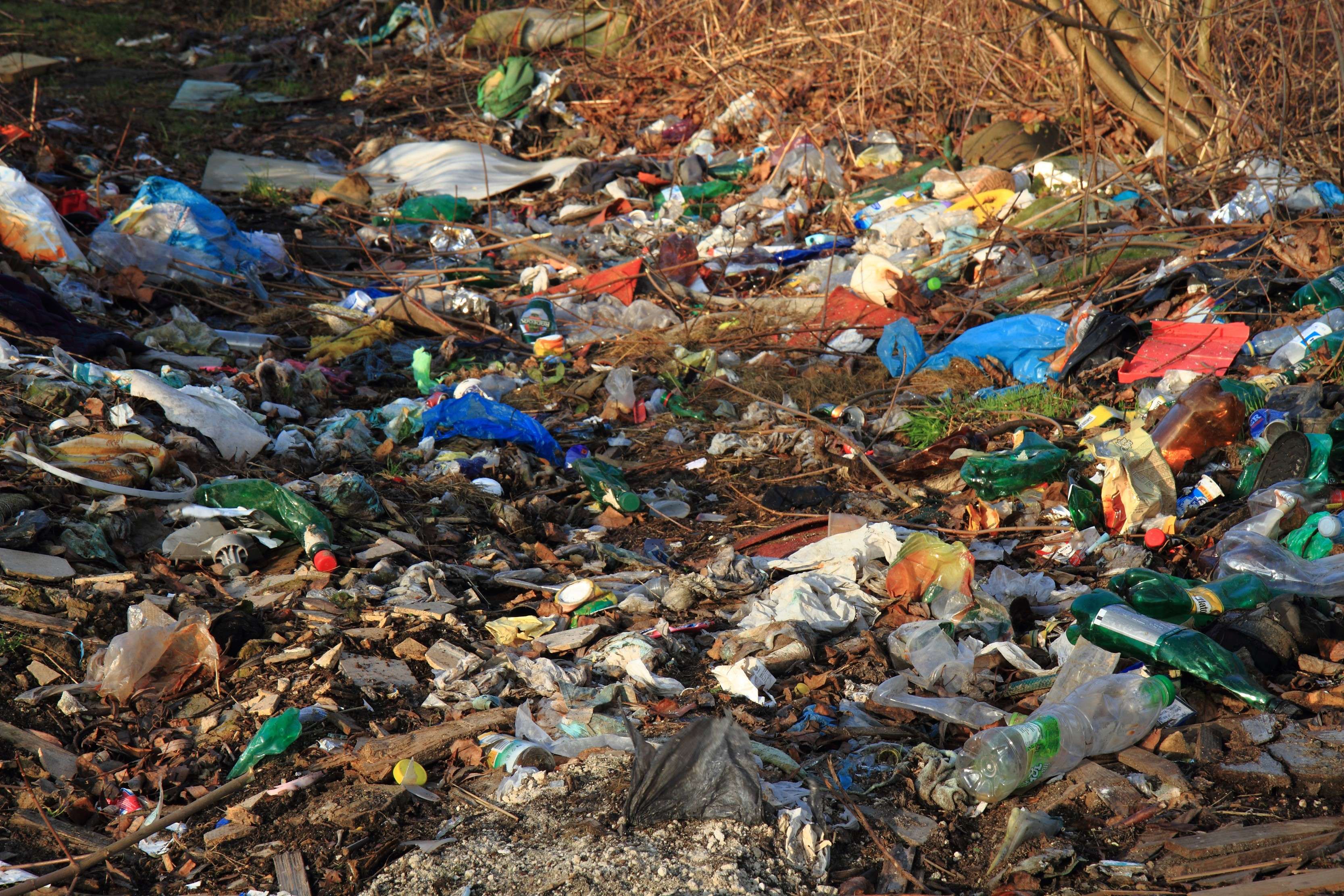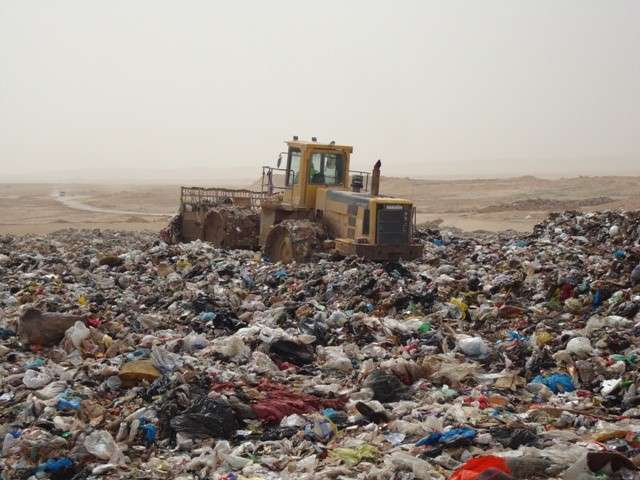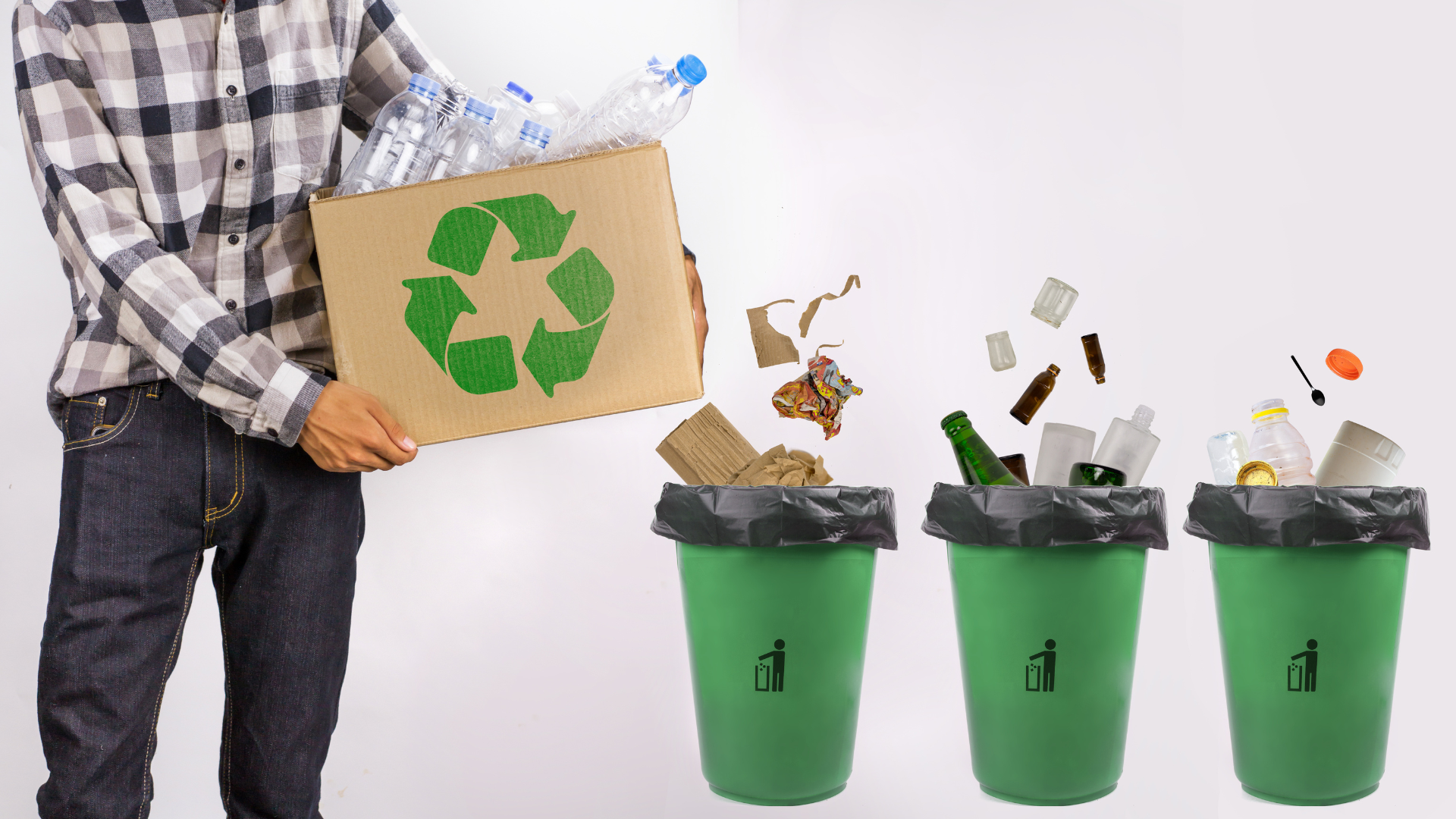What is Waste Management?
Waste management refers to the processes, actions, and strategies put in place to manage waste from its inception to its final disposal. This includes the collection, transportation, treatment, recycling, and disposal of waste, alongside monitoring and regulation.
A question many ask is, what is waste management, and why is it essential? Simply put, waste management protects the environment, human health, and future generations by ensuring that waste does not harm air, water, or soil. From tossing an empty soda can in a recycling bin to industrial hazardous material disposal, everything falls under the umbrella of waste handling.
Introduction to What is Waste Management

Waste sorting concept. Happy people putting plastic, glass, bio and paper garbage into different dumpsters. Vector illustration for environment protection and recycling topics
When we talk about waste management, we’re not just dealing with trash. We’re diving into a structured system encompassing sanitation, sustainability, innovation, and regulation. It reflects a civilization’s commitment to cleanliness, resourcefulness, and environmental responsibility. With growing populations and consumer culture, understanding waste management has never been more urgent.
Understanding the Meaning of Waste Management
The meaning of waste management goes beyond just “throwing things away.” It includes the efficient handling of all types of waste—solid, liquid, gaseous, and hazardous—ensuring minimal impact on our health and environment. Waste management meaning also encompasses planning, resource allocation, community awareness, and enforcement of legal frameworks.
Solid Waste Management Definition and Purpose
Solid waste management specifically refers to the collection, treatment, and disposal of solid materials that are discarded as unwanted. This can include household garbage, construction debris, agricultural residue, and even commercial refuse. The purpose of waste management is to reduce the harmful effects of waste on the environment and promote the recovery of useful materials.
What Do You Understand by Waste Management?
If someone asks, “What do you understand by waste management?” the answer should reflect both the systematic and ethical aspects of waste. It’s not just a technical duty of municipalities but also a shared social responsibility. Waste management is about making conscious decisions every day—from separating recyclables to reducing food waste.
The Importance of Proper Waste Handling
Proper waste handling prevents the spread of diseases, controls pollution, conserves resources, and promotes environmental sustainability. When garbage is mismanaged, it becomes a breeding ground for bacteria, pests, and greenhouse gases. Proper handling is therefore not an option—it’s a necessity.
Garbage Management vs Waste Management
While often used interchangeably, garbage management is a subset of waste management. Garbage specifically refers to everyday items like food scraps and packaging, while waste management covers industrial, medical, and e-waste, among others. In simple terms, garbage management focuses on your kitchen bin, whereas waste management oversees the entire waste ecosystem.
A Short Note on Waste Management
In short, waste management is a methodical process involving the safe and sustainable handling of all forms of waste. It seeks to reduce, reuse, recycle, and responsibly dispose of unwanted materials, ensuring minimal harm to humans and nature alike.
Explaining Solid Waste Management
Solid waste management involves several core operations:
-
Segregation at the source
-
Collection by municipal bodies
-
Transportation to treatment facilities
-
Treatment through composting, incineration, or recycling
-
Final disposal through landfilling or waste-to-energy plants
These steps ensure that materials are treated in a way that minimizes health risks and environmental impact.
Types of Solid Waste Management
Solid waste management can be categorized into:
-
Municipal Solid Waste (household garbage)
-
Hazardous Waste (chemicals, batteries)
-
Biomedical Waste (hospital-generated)
-
Industrial Waste (manufacturing by-products)
-
Agricultural Waste (crop residues, animal manure)
Each type requires unique handling methods tailored to its risk level and composition.
Solid Waste Segregation and Its Benefits
Segregating waste at the source—like separating organic from plastic waste—can significantly improve the efficiency of recycling processes. Benefits include:
-
Easier material recovery
-
Reduced landfill burden
-
Increased recycling rates
-
Improved public hygiene
Segregation is the first—and perhaps the most crucial—step toward a cleaner ecosystem.
Waste Material Management Techniques
Some modern techniques include:
-
Composting for organic waste
-
Recycling for paper, plastic, metal, and glass
-
Incineration for hazardous waste
-
Waste-to-energy conversion
-
Anaerobic digestion for bio-waste
These technologies not only reduce waste but often convert it into energy or valuable raw materials.
The Waste Management Process
The life cycle of waste typically follows:
-
Generation from homes or industries
-
Storage in bins or containers
-
Collection by waste operators
-
Transport to treatment centers
-
Treatment or recycling
-
Disposal in landfills or incinerators
Each step must be optimized to reduce costs and environmental impact.
Components of a Waste Management System
An efficient waste management system includes:
-
Infrastructure: Bins, trucks, recycling plants
-
Policies: Government regulations and penalties
-
Education: Public awareness campaigns
-
Technology: Smart waste sensors, AI sorting
-
Manpower: Sanitation workers and waste engineers
It’s a complex machine with many moving parts, all vital for effective functioning.
Uses of Waste Management in Society
Waste management isn’t just about cleaning the streets. It:
-
Creates jobs
-
Generates renewable energy
-
Reduces health hazards
-
Protects ecosystems
-
Conserves resources
In essence, it transforms liabilities into assets.
Examples of Waste Management in Action
Cities like San Francisco, Stockholm, and Tokyo are leading examples. San Francisco recycles over 80% of its waste. Sweden burns waste to power homes. Japan emphasizes sorting and strict compliance. These models show what’s possible with good policy and public cooperation.
The Need for Waste Management in 2025
With urbanization, climate change, and overconsumption, we produce more waste than ever. The need for proper waste management in 2025 and beyond is pressing. We require smart solutions—AI sorting, blockchain tracking, and global cooperation—to tackle the waste crisis head-on.
Waste Management Information Every Citizen Should Know
-
Recyclables should be clean and dry.
-
E-waste needs separate handling.
-
Biodegradables can be composted at home.
-
Plastic bags are non-recyclable in curbside bins.
-
Waste reduction is more effective than recycling.
Being informed empowers better habits.
General Waste Management Practices Around the World
Countries follow varied approaches:
-
Germany uses color-coded bins and strict laws.
-
India emphasizes public participation through Swachh Bharat.
-
Singapore invests in incineration and recycling tech.
-
Brazil supports informal waste pickers.
Each nation’s culture and economy shape its practices.
Solid Waste Collection Methods
Solid waste can be collected through:
-
Curbside pickup
-
Community bins
-
Drop-off centers
-
Mobile apps for pickups
-
Commercial dumpsters
Tech-enhanced tracking ensures no waste is left behind.
Causes of Poor Waste Management
-
Insufficient infrastructure
-
Weak enforcement of laws
-
Corruption in municipal bodies
-
Rapid urbanization without planning
Each of these needs to be addressed for long-term improvement.
The Purpose of Waste Management Systems
At its heart, waste management exists to:
-
Protect health
-
Preserve resources
-
Promote circular economy
-
Prevent pollution
It’s a system designed not just for cleanliness but for sustainability.
Modern Waste Handling Technologies
-
Smart bins with IoT sensors
-
Robotic arms for sorting
-
AI-based recycling analytics
-
Blockchain for traceability
-
Biological digesters for kitchen waste
The future of waste is digital, efficient, and eco-conscious.
Waste Management Notes for Academic Use
Students should focus on:
-
Definitions and importance
-
Classification of waste types
-
Waste management process flow
-
Advantages and disadvantages
-
Global practices and policies
These are foundational for school, college, or competitive exams.
Challenges in Waste Management Today
-
Rising e-waste levels
-
Microplastic contamination
-
Illegal dumping
-
Inadequate rural coverage
-
Climate change-induced emergencies
Solving these will define our future success.
Conclusion and Final Thoughts on Waste Management
Waste is inevitable—but how we handle it isn’t. From individuals to governments, everyone plays a part in managing waste. Through awareness, innovation, and responsibility, we can turn today’s garbage into tomorrow’s opportunity. Whether you’re a student, policymaker, or homemaker, the answer to what is waste management shapes our shared future.
FAQs on What is Waste Management
What is the purpose of waste management?
To protect human health and the environment through safe disposal and recycling of waste.
How many types of waste management are there?
There are several, including solid, liquid, hazardous, biomedical, and e-waste management.
Why is segregation important in waste management?
It improves recycling rates and ensures that harmful materials are handled safely.
What is an example of good waste management?
Sweden turning waste into energy and achieving nearly zero landfilling.
What is the difference between solid waste and garbage?
Solid waste includes all non-liquid refuse; garbage typically refers to household food waste.
How can individuals contribute to waste management?
By reducing waste, segregating it properly, composting organic material, and recycling responsibly.




